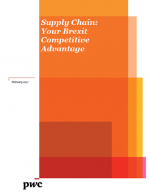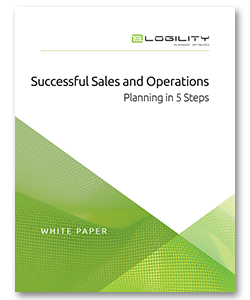Successful Sales and Operations Planning in 5 Steps
Armed with the right information, the S&OP team can fully understand the range of considerations that must be included in their decision making and make the tough choices that ultimately determine how well the company performs.
The Sales and Operations Planning (S&OP) process is a vital synchronization tool in supply chain management.
In most companies, the monthly S&OP meeting brings executives from all major operational departments – sales, marketing, materials/procurement, manufacturing, transportation, and finance – together to determine how best to manage company resources.
Monthly S&OP meetings are an essential decision-making activity that sets the overall direction for the company.
Executives discuss the various trade-offs between customer service, inventory investments, production capabilities, supply availability, and distribution concerns.
The process strives to determine how to best apply the company’s resources to strike an optimum balance between maximizing profit and satisfying the company’s most important operational goals.
Sales and Operations Planning cannot be completed effectively without reliable, accurate information. The S&OP team must have up-to-date information regarding future time-phased demand, production capabilities, inventory status, and any limitations on resource availability such as warehouse space, transportation capacity, limits on cash or credit, and their influence on each other and overall company results.
A number of tasks need to be completed prior to each S&OP meeting. These include:
- Innovation and Strategy review – impact of New Product Introductions (NPIs)
- Demand Planning review – includes base-line demand as well as demand sensing and demand shaping activities
- Supply Planning review – monitor inventory levels and production capabilities
- Financial Integration – ensure demand planning, supply planning, and inventory optimization meet company financial objectives and are within working capital constraints
- Executive Business review – executives from all major departments review future plans and impact
These tasks gather and prepare the information the S&OP team needs to fully understand the range of considerations that must be included in their decision making.
Armed with this information, the S&OP team can make the tough decisions that will ultimately determine how well the company performs, regardless of the priorities and challenges.
What’s Related




Favorites





